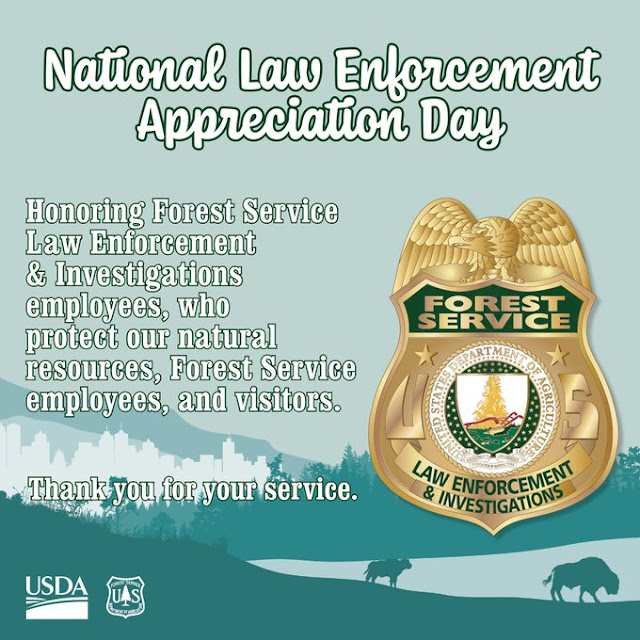From the North End Ski Club: REMEMBERING JERRY
The shock and disbelief at recent tragic passing of Jerry Wright have reverberated deeply throughout our local and regional active outdoor community. The North End Ski Club extends its deepest sympathies and support to Jerry’s wife, Laurie, and the many members of our community who knew and loved him.
Though he no longer skied, Jerry played a significant role in North End Ski Club events, particularly the North End Classic ski race, where he was a key member of our first aid team. One of the first and most fervent adopters of winter fat biking, as a member of the National Mountain Bike Patrol and a trained first responder, Jerry was originally recruited to patrol the race course on his fat bike in a year when we were short on first aid coverage. In subsequent years he became a stalwart, go-to volunteer for the race. There was never much of a question if Jerry would be available for the race, he just was. His service and support of the club was highly regarded, and we will miss his whole hearted engagement and professionalism.
 His involvement with the North End Ski Club was just the tip of a very large iceberg that was Jerry’s dedication to the many organizations and causes in his life. Most well-known for his cycling escapades, as a volunteer Jerry devoted an unfathomable amount of time to the Chequamegon Area Mountain Bike Association (CAMBA) where he served on CAMBA’s Trails Team, winter biking, and other committees and played an integral role in race and event planning, putting in an insane number of miles – hundreds and hundreds - marking race courses and doing other course preparation. He also became a leader in CAMBA’s trail rehab and maintenance efforts and was the first and most frequent volunteer to sign up for CAMBA’s bi-weekly trail work days throughout the summer and fall and frequently stepped in for CAMBA leadership dealing with timber sales and forestry issues.
His involvement with the North End Ski Club was just the tip of a very large iceberg that was Jerry’s dedication to the many organizations and causes in his life. Most well-known for his cycling escapades, as a volunteer Jerry devoted an unfathomable amount of time to the Chequamegon Area Mountain Bike Association (CAMBA) where he served on CAMBA’s Trails Team, winter biking, and other committees and played an integral role in race and event planning, putting in an insane number of miles – hundreds and hundreds - marking race courses and doing other course preparation. He also became a leader in CAMBA’s trail rehab and maintenance efforts and was the first and most frequent volunteer to sign up for CAMBA’s bi-weekly trail work days throughout the summer and fall and frequently stepped in for CAMBA leadership dealing with timber sales and forestry issues. Jerry was all things bicycling – road, gravel, singletrack, fat biking, bike packing - and never missed an opportunity for a group ride. A skilled bicycle mechanic, he was the consummate bike nerd and could regale you with the minutia of wheel building until your eyes glazed over.
One of his greatest cycling passions, however, was winter grooming of fat bike trails. Most of CAMBA’s recent success in winter biking can directly be attributed to Jerry’s vision and dedicated efforts to make it happen, again putting a crazy amount time and effort. He would totally geek out cobbling together custom grooming drags, repairing snowmobiles, and facilitating and coordinating a team of groomers who prepared over 70 miles of groomed winter bike trails, often in difficult and challenging conditions.
His community engagement extended beyond riding the bike and grooming trails. As a member of Sawyer County Search and Rescue he again put in enormous hours in training and responding to incidents around the region. He took particular pleasure in working with the local NICA middle-school/high school mountain bike team.
And many may not know that Jerry was also an avid sailor. He was part of a volunteer crew on a boat out of Superior and sailed most weeks throughout the summer months. One can only imagine him as part of a team handling the lines and sheets, coming about on the Big Lake. He placed a high priority on his time on the boat and fiercely guarded those opportunities.
Jerry’s loss will leave a big hole, many holes actually, in our community. Memories of his involvement, antics, intellect, humor, and energy are many and widespread and will help temper the hurt and utter sadness and disappointment of his premature passing. But it will hurt for some time none the less.
Thank you Jerry for who you were and everything you’ve done. You were truly one of a kind.
A Caring Bridge site is available for those who wish to leave messages of support and love for Jerry’s family and friends. https://www.caringbridge.org/.../b55357bf-59d7-11ef-a223...
A Go Fund Me site has also been set up to help provide support for Jerry’s family. https://www.gofundme.com/.../support-jerry-wrights...
From the Chief:
Jerry has been a vital and enthusiastic member of the Backcountry Trail Patrol since Gary Crandall introduced him to me over a decade ago. He was the one who rode the Fat Tire 40 beginning to end every year, worked almost all of the CAMBA events, and loved the winter rides. CAMBA will miss him, we will miss him, I will miss him. Thank you, our teammate and friend for everything you have been and done. You wore the jersey well.












